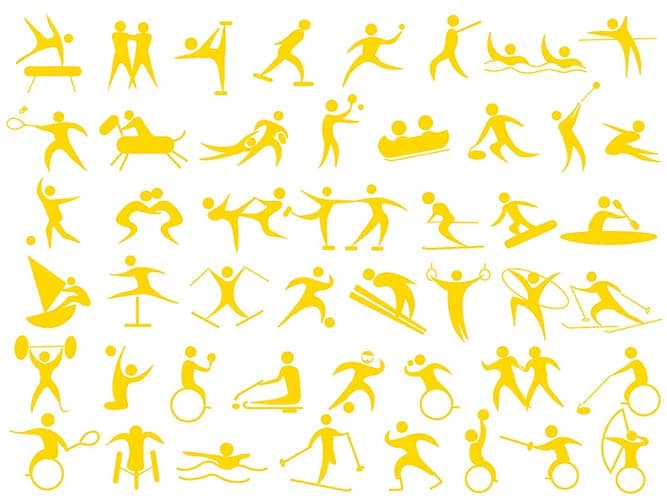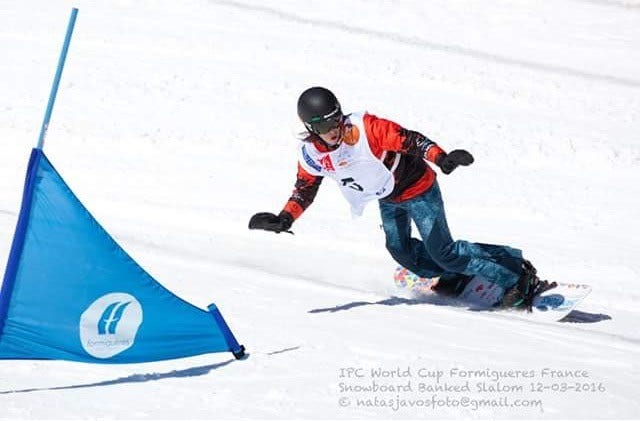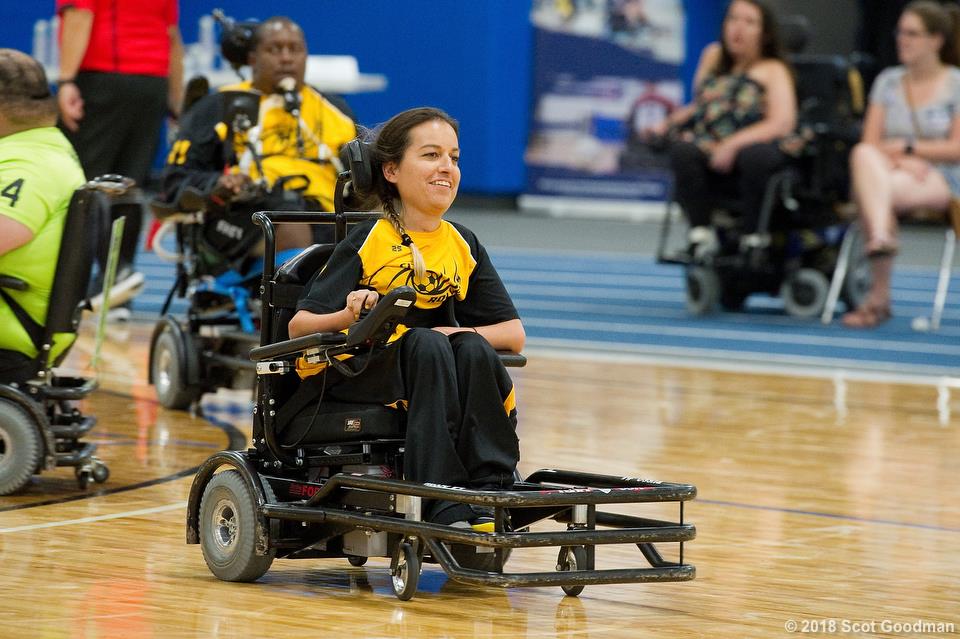
What Are The Paralympics?
The Olympics span thousands of years' worth of history with origins in Olympia, Greece, where the first Olympic Games took place. Originally, these Games were exclusive, welcoming only Greek male athletes to compete in running, long jump, shot put, javelin, boxing, equestrian, and pankration, or unarmed combat. While you'll see some of the same sports and Greek traditions incorporated in the Games today, the modern-day athletic competition has grown to be more inclusive, welcoming athletes from around the globe, including those with disabilities as part of the Paralympics
A Brief History of The Paralympics
Originally called the Stoke Mandeville Games, the first Paralympic Games took place in 1948, four years after the British Government requested a spinal injury center be opened to help veterans recover from injuries sustained during World War II. The center was opened in 1944 by Dr. Ludwig Guttman, complete with a sports rehabilitation program that would become the Paralympic Games' origins. On July 29, 1948 - the day of the Olympic opening ceremonies - Ludwig organized the first adaptive sports competition, where 16 injured servicemen and women participated in adaptive archery.
In 1960, the Stoke Mandeville Games became what we know today as the Paralympic Games. Like its Olympic counterpart, the Paralympics is an athletic competition bringing hundreds of athletes with disabilities from across the globe together to compete in adaptive sports.
Sports in the Paralympics
The Paralympics consist of 28 sports: 22 in the Summer, and six in the Winter.
Summer Paralympic sports include:
|
Winter Paralympic sports include:
- Alpine Skiing
- Nordic Skiing
- Sled Hockey
- Snowboarding
- Wheelchair Curling
You’ll find most of these sports in the Olympic Games too, but two sports are specific to the Paralympics: Boccia and Goalball.
Boccia: Originally developed for athletes with cerebral palsy, boccia is now played by athletes with various disabilities affecting motor skills. Boccia tests an athlete’s accuracy, strategy, and control, as players throw, kick or use a ramp to propel leather balls as close as possible to a white target ball, or "jack."
Goalball: Designed for visually impaired athletes, teams of three aim to score goals by rolling a ball with bells inside it into the opponent's net. Players defend their goal using sound cues from the ball, blocking opponents’ shots with their body. The sport requires strong spatial awareness and sensory skills.
Popular Paralympic Sports
Since more sports are offered during the Summer Paralympics with more athletes participating, the most popular Paralympic sports tend to be those played in the Summer including:
Wheelchair Basketball: Widely considered to be the most popular Paralympic sport, wheelchair basketball is played on the same size court, with hoops at the same height as standing players. Wheelchair basketball athletes play the game in specialized wheelchairs and follow specific rules when it comes to dribbling the basketball.
Wheelchair Rugby: Unlike Olympic Rugby, Paralympic rugby athletes use a modified ball, moving the ball across the playing field using only their hands instead of their feet. Initially known as “murderball” due to the sport’s aggressive nature, athletes and spectators alike are often drawn to the sights and sounds of wheelchairs crashing - a behavior encouraged in wheelchair rugby.
Paralympic Track and Field: If you watch Paralympic Track and Field, you’ll see athletes with all kinds of disabilities. For example, some athletes use a mobility aid, like a racing wheelchair, to compete. Athletes who are blind or visually impaired may use a sighted guide - a person who runs alongside them relaying verbal information about the runner’s surroundings. Other athletes have mobility disabilities, but they may not need a mobility aid, so they’ll simply compete running.
Disability Category Definitions
The Paralympics recognizes ten categories of disability, or types of impairment, among its athletes. These categories are:
- Impaired Muscle Power: Athletes with reduced ability to move their muscles due to conditions such as spinal cord injuries, multiple sclerosis, or muscular dystrophy.
- Impaired Passive Range of Movement: Athletes who cannot move their joints freely, often due to contractures.
- Limb Deficiency: Athletes with partial or total loss of limbs due to congenital conditions, disease, or amputation.
- Leg Length Difference: Athletes whose legs have a significant difference in length due to congenital conditions or growth restrictions.
- Short Stature: Athletes with shorter limbs or a shorter trunk due to conditions such as dwarfism or osteogenesis imperfecta.
- Hypertonia: Athletes with increased muscle tightness, often caused by brain damage. Examples include cerebral palsy, strokes, and traumatic brain injuries.
- Ataxia: Athletes with impaired coordination or lack of voluntary control of muscle movements due to brain damage from conditions like cerebral palsy or multiple sclerosis.
- Athetosis: Athletes with continuous, slow, involuntary movements, commonly seen in those with brain injuries.
- Vision Impairment: Athletes who are partially or completely blind due to congenital conditions or damage to the eyes.
- Intellectual Disability: Athletes with disabilities impacting physical and cognitive development. Examples include Down syndrome and Autism.
Classification in Paralympic Sports
Unlike the Olympics, the Paralympics use a classification system to ensure fair competition, applying to most of the individual and team sports. In individual events, athletes are grouped by similar levels of impairment, focusing on how their disabilities impact their athletic ability. For team sports, each athlete is assigned a point value based on their physical functioning. The total point values of all members playing at one time are added and must not exceed a predetermined number. This classification system ensures one athlete or team does not have an unfair advantage over the other.
Adaptive Sports
While you’ll see many sports in the Olympics and Paralympics, there are a few more adaptive sports that have yet to be included in the Games. Wheelchair lacrosse, wheelchair golf, and power soccer are all adaptive sports people with disabilities can take part in recreationally. You can learn more about adaptive sports and the Paralympics in our related articles below or check out the accessible living section of our article library.




